Can landlords keep tenants happy during renovations?
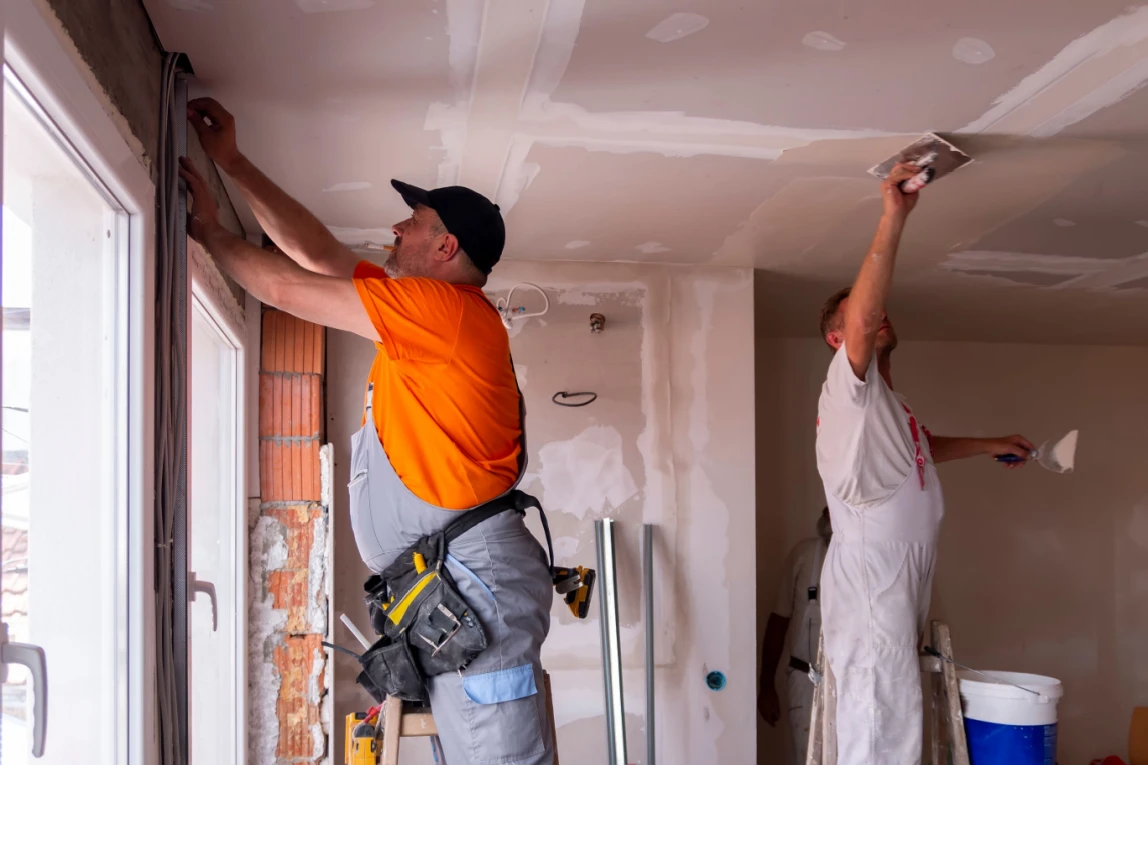
Multifamily Owners Are Renovating to Stay Competitive
Across the country, multifamily property owners are increasingly turning to renovations as a strategy to stay competitive. With the cost of construction materials continuing to rise and interest rates remaining elevated, ground-up development has become less feasible.
Properties with maturing loans are facing a hit to profitability, and in many markets, there are few accretive investment opportunities left. As a result, owners and portfolio managers are choosing to improve the buildings they already own—hoping to attract more affluent tenants who are willing to pay higher rents.
Upgrading an existing multifamily property comes with plenty of benefits. It can increase rent prices, reduce vacancy, and boost asset value—all without triggering a major reassessment of the property’s tax base. But it also comes with significant risks, particularly when it comes to tenant retention.
One cost that is often overlooked is the potential loss of rental income when residents decide to move out mid-renovation. The more residents who remain in place and continue paying rent throughout the construction process, the less negative impact a renovation will have on short-term NOI.
Keeping renters happy during what is often a noisy, dusty, and inconvenient process is easier said than done. The most common tenant complaint is noise. While concrete buildings tend to do a better job at containing sound compared to timber-framed structures, they are far from immune. Construction work that involves drilling into or trenching concrete can send vibrations through the structure that are felt multiple floors away.
So what can building owners do to minimize disruptions without simply letting residents out of their leases? According to Jason Fudin, founder of Placemakr, a flexible living platform and property manager, the key is to plan ahead.
“We think owners need to have a ‘keep residents happy’ fund set aside,” Fudin said. Most construction budgets include a contingency of 5 to 7 percent for unforeseen costs. Fudin suggests increasing that to 8 to 10 percent to account for resident experience initiatives during the renovation period.
The most obvious way to appease tenants is to offer a break on rent—but that can create a problematic precedent. Instead, Fudin advises looking for smaller, more targeted ways to resolve specific issues. “Sometimes that’s a gift card to a nearby restaurant or a free cleaning for the tenant’s unit,” he said. Placemakr also keeps a number of furnished units available on site that can be leased to short-term renters or used to relocate current residents away from the most disruptive construction.
“We move people around all the time to get them further away from the work,” Fudin said. In some cases, they even cover the cost of professional movers. “Relocations act as a pressure relief valve to prevent them from getting fed up and moving out altogether.”
Work-from-home trends have made midday disruptions even more painful for tenants. Construction noise that might have once gone unnoticed during a typical 9-to-5 workday now creates a direct conflict with remote work needs. Properties that lack dedicated coworking space or business centers should consider creating them.
Get a Free Multifamily Loan Quote
Access Non-Recourse, 10+ Year Fixed, 30-Year Amortization
Even if on-site options are limited, partnerships with nearby coworking spaces or social clubs can provide residents with a quiet place to take calls and attend virtual meetings. “We’ve made arrangements with local coworking locations for our residents,” Fudin said. “It’s all about creativity and communication.”
Communication, in fact, may be the most overlooked element of tenant satisfaction during a renovation. A single email or flyer isn’t enough. Property managers should aim to be as transparent and proactive as possible, hosting town halls, maintaining regular office hours, and using every available channel—email, SMS, signage, even building apps—to notify residents about construction schedules and progress. Surprises are what frustrate tenants the most. The more informed they are, the more likely they are to stay.
Of course, not all renovations are created equal. Some upgrades, like replacing flooring or cabinetry, can be completed with relatively low disruption. Others, however, can cause major headaches. “One of the biggest rent boosts comes from adding in-unit washer/dryers,” said Fudin. “But those require new water and sewage lines, which almost always leads to some kind of water damage in other units during installation.”
Despite the challenges, renovations are often one of the few remaining levers multifamily owners can pull to boost returns. With limited acquisition opportunities and development costs on the rise, value-add upgrades are increasingly seen as the best path forward. But the success of those upgrades hinges on the ability to retain paying tenants throughout the process.
The solution isn’t just in building better units—it’s in building better relationships. By using a mix of practical concessions, strategic communication, and a little extra room in the construction budget, owners can reduce turnover, preserve rental income, and create a better living experience for residents willing to tolerate a temporary mess for long-term improvements.
Renovations are never convenient for tenants, but with the right approach, they don’t have to be deal-breakers. In today’s market, a little creativity, and a lot of communication, goes a long way.
Source: Propmodo


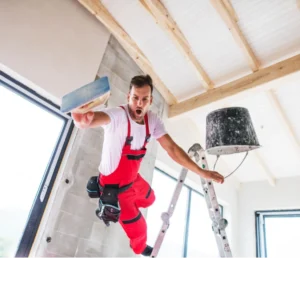
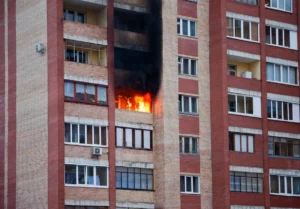

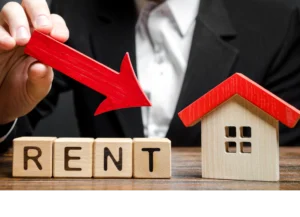


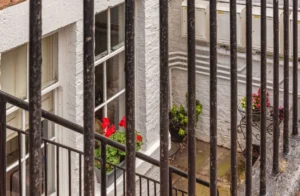




 Accessibility
Accessibility